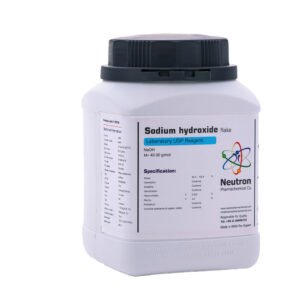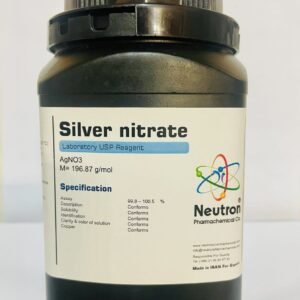Also known as lye or caustic soda, NaOH is a white solid ionic compound made of Na⁺ and OH⁻. It’s highly corrosive, absorbs moisture and CO₂ from air, and forms hydrates like NaOH·H₂O. It’s often used in pH demonstrations with water and HCl.
Properties
Melts at 318 °C and boils at 1,388 °C. Very soluble in water (exothermic reaction), less so in ethanol/methanol, and insoluble in non-polar solvents. Feels slippery on skin due to saponification.
🏭⚗️ Production
Made by the chloralkali process as a 32%–50% solution, then dried into flakes or blocks. In 2022, global production was ~83 million tonnes. Major producers include Olin, Oxychem, and others.
🧪 Uses
• Making hard soaps and detergents
• Drain cleaners (convert grease into soap)
• Rayon, paper (25% of NaOH use), and aluminium production
• Degreasing metals, refining oil
• Making dyes, bleaches, and water treatment
• Pretzel and bagel finishing
⚠️Safety
Very corrosive—causes burns and can damage eyes. Solid NaOH reacts with moisture. Use gloves and goggles. Rinse skin contact with water for 10–15 minutes. Dissolving NaOH releases heat and can ignite flammable materials.





